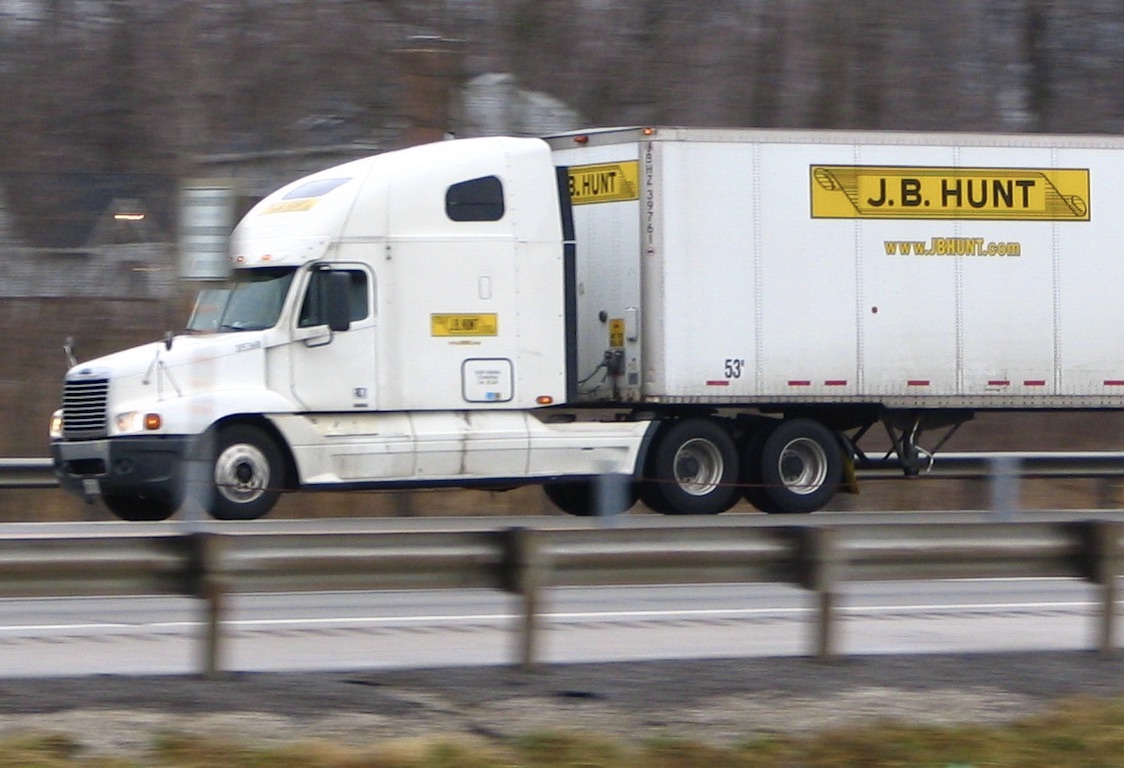It’s not just a lack of truck drivers these days, it’s also fewer terminal and warehouse workers contributing to record equipment turnaround times and clogging the system.
At J.B. Hunt, intermodal volumes in the second quarter of 2021 increased by 6%. And yet, reported Darren Field, the company’s president for intermodal, “Network velocity continues to be well below our expectations.”

A few other numbers shed light on the reasons for this clogged intermodal system. Some carriers have reported container usage time increasing by 20% since the cargo surge started. In the Los Angeles area, street dwell times for containers increased by 60% just in the last few weeks. J.B. Hunt’s “biggest challenge this year,” said Field, has been “the detention of our trailing equipment by customers.”
The shortage of labor is chief among the reasons for these slowdowns, according to Field. The perennial shortage of truck drivers has become exacerbated during the pandemic, but the same now goes for personnel at intermodal terminals and warehouses, all of which accounts for record-high turnaround times for intermodal equipment.
Data from the Bureau of Labor Statistics showed trucking lost 6% of its labor force at the bottom of the pandemic recession. As of July, the industry had recovered 63,000 of those lost jobs but still remains 33,000 short of February 2020 employment levels. “The driver market remains as challenged as I have seen in my 37-year career,” said Nick Hobbs, J.B. Hunt’s chief operating officer.
Even with the recovery of some driving jobs, the industry has a current shortfall of over 60,000 drivers, according to the American Trucking Associations, a number the organization expects to grow to more than 160,000 by 2028. Driver salaries are on the rise, and some trucking firms are paying signing bonuses, but Chris Spear, the ATA CEO, recognizes that “pay alone can’t solve the scarcity of drivers.”
Among other things, Spear wants supply-chain participants to pitch in to improve conditions for truckers by reducing wait times. “Drivers have reported a 27% increase in delays of six hours or more,” he said. “This idling wreaks havoc on their schedules.”
Field believes “that the origin of these challenges center on the availability of labor for both the railroads, particularly in their terminals, and our customers in their warehouse operations.” J.B. Hunt is working with railroads and customers, he said, “to improve our capacity across the network by focusing on reducing the detention of equipment and helping rail providers reduce congestion across their terminal infrastructure.” The carrier is also “on-boarding new equipment,” an effort which will “likely stretch into early 2022.”
New equipment may alleviate some shortages, but carriers and warehouses still need the personnel to handle them. According to Field, some terminals and warehouses are 4% to 5% short-handed. The problem, he said, is that there “aren’t the massive amounts of people that they need to hire.” But, he added, “I think that all of the railroads are very focused on these challenges and they are out there addressing them.”



